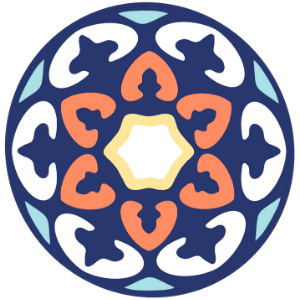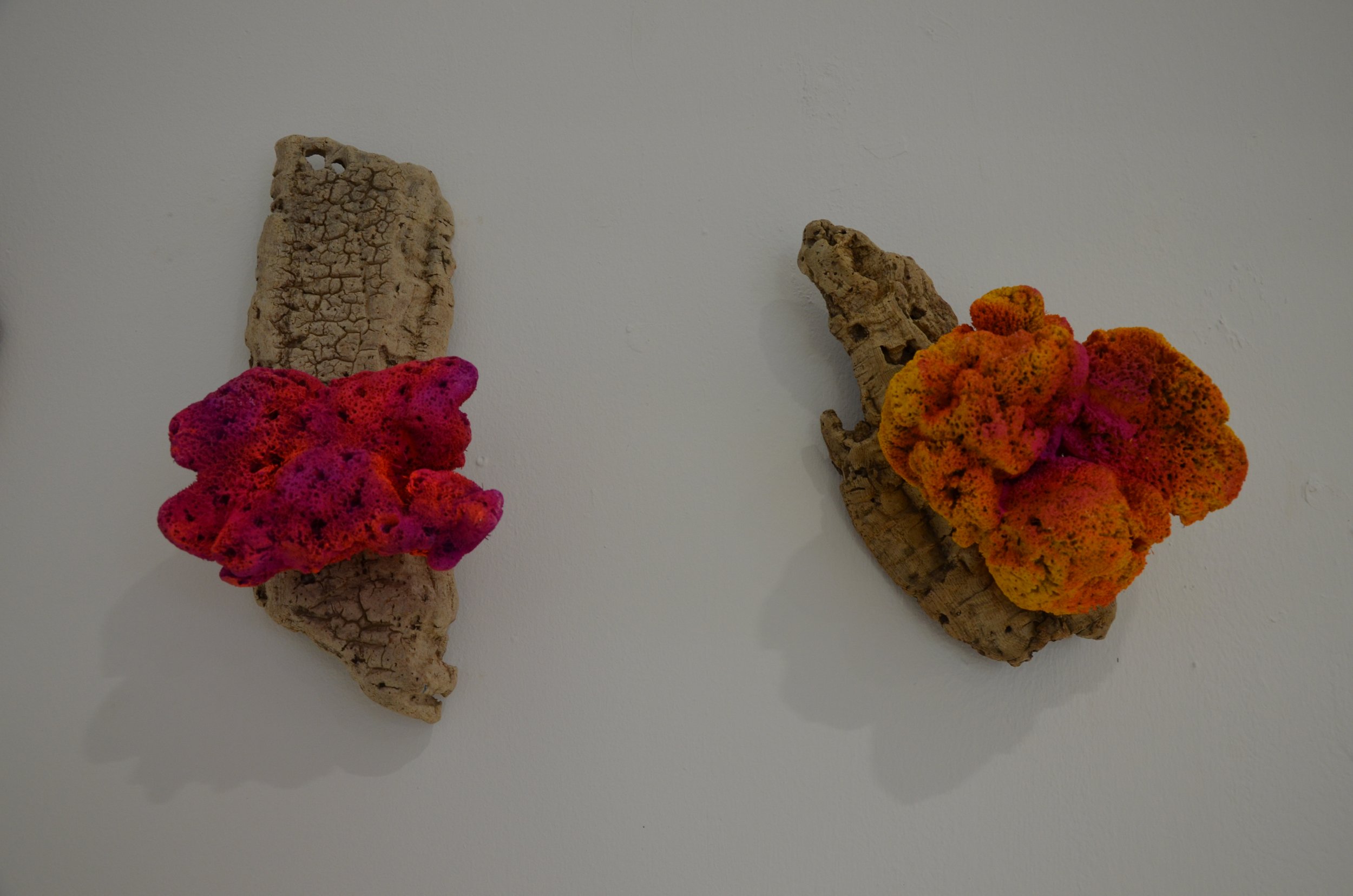Interview with sculptor Laura Larocca
I first saw Laura Larocca’s work when she participated in the RIO Virtual Artist Residency. I was starting to get really invested in artwork that spoke about ocean issues and her work really caught my eye. She has an interesting approach to her work and I hope you enjoy the interview!
Tell us a little bit about yourself, your name and what do you do?
I am Laura Larocca, Argentine visual artist. I started studying art in 2010, to help me overcome moments of work induced stress. From the beginning I really enjoyed studying art, so little by little the need to paint or draw became stronger. I live and work in Formentera since 2019, a small island of Spain, located in the Mediterranean. I am still amazed at its landscape and its beaches with turquoise water. With my artistic work I was able to keep in touch with my present.
Have you always been artistic? Why or why not?
I haven´t always dedicated myself to art. Even today, I have to complement my artistic work with other jobs to contribute to the family economy. It is a quest to balance obligations with enjoyment. Also, in my case, artistic work is not just making artworks. I do other things that take a lot of time. Research and self-management are also part of the artistic work, which I had to learn, because many of these things are not taught to you in school.
What materials do you use to create your artwork? Is there a certain material you prefer?
I use natural materials that I collect in the landscapes that I can reach on foot. Collections are always manual and with permits. I respect the material I use and take advantage of its characteristics. I adapt the work in relation to the material. Currently I work with sea sponges´s skeletons that I collect on the beaches. With them, I create sculptural objects, ensembles, sound artworks, artistic installations and I use them to paint.
Was there some or something that impacted your decision in creating artwork centered around/about science?
When I arrived in Formentera, I began to walk daily on the beaches to get to know the new place where I lived. And I started to find new materials for myself…. snails, jellyfish, algae and sea sponges that I did not know. I was very curious to learn more about it. And when I decided to work with them, I discovered that protected species cannot be harvested. Thus, I began a search for information related to protected and non-protected species with biologists and requested collection permits from the Secretary of the Environment. Thanks to the information received, I improved the way of collecting. The more I study about sponges, I discover new possibilities to create new works. That is why scientific knowledge is very important to me and my artwork.
Which is your favorite animal and why?
Today I can say that sea sponges are my favorite animal. I learned a lot about my personality since working with them. I identify with its flexibility, adaptation and absorption capacity.
Which has been the most fun animal/creature you have painted/created?
The funniest thing I’ve ever done was not create a creature or animal, but paint with it. I am currently painting with the sea sponges, that I collect. I use water-based pigments, and I dip the sea sponges in them. Then I discharge what it absorbed onto the paper or cloth. The pigments accumulate or mix, creating abstract paintings with different textures. I experimented a lot and discovered that I can create foam, thanks to the characteristics of sea sponges. There is no other artistic tool with which I have been able to create foam. The results are very different depending on the type of paper or fabric, and the humidity of the day. It is an artistic process that I really enjoy.
How did your interest in the ocean/sponges begin and where do you see it going in the future?
My interest in working with the sea sponges ´s skeletons began after confinement, when we were able to leave the house again. I returned to collect and the presence of sea sponges´s skeletons on the beaches was massive. There was bad weather, but… What happened at sea? How does man influence that situation? Those were some of the questions I asked myself and continue to ask myself. In the future, I am interested in working on the impact of changes in water temperature on sponges, and the presence of plastics in the oceans.
What is something weird or funny you have encountered?
The sponges have many little holes, and different objects get trapped inside them. When I am cleaning them, I find very very small snails, crab legs, dry algae, etc. One time, I found a smiling toy rabbit head, it was plastic and green. At first, I didn’t understand what it was, and after turning it over several times and realizing it was a rabbit, I got scared. I was amused by my fright, but then, I understood the impact of human activity on the oceans. That was the reason why I started reading scientific studies on how sponges can absorb microplastics without damaging them. The sea sponges are present in all the oceans and seas of the planet, they don’t have nerves and they regenerate. For this reason, they are the ideal bioindicators because with a small sample they can provide a lot of information about the level of contamination of the sea floor.
What advice/tips would you give people of all ages interested in going into an art career that also encompasses science and ocean conservation?
Be constant at work, experiment, ask questions (even if they are ridiculous) and look for the answers. Don´t be shy and create links with other professionals from other disciplines. You can always find people willing to help. And most importantly, enjoy and have fun when working, not thinking all the time about the result of the work.
If you were a deep-sea creature, what would you be and why?
I think I would like to be an octopus. They are smart, flexible and can change their appearance. They are capable of being out of the water for short moments. They are social, they play, they have memory. They are capable of swimming very fast.









